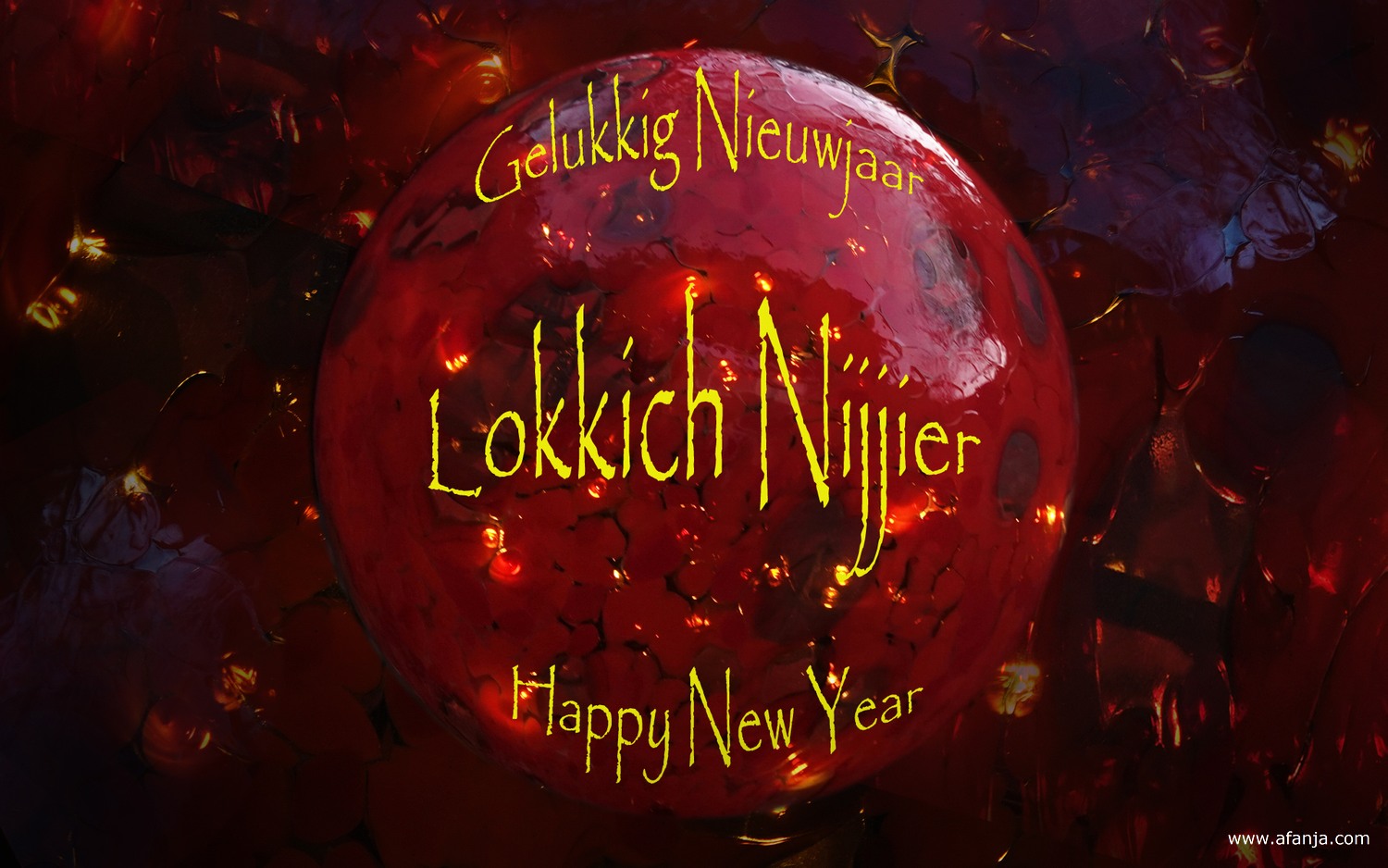I was last in South Korea 45 years ago, from November 1964 to December 1965 while serving as a Lieutenant in the U.S. Army. Since that time the population of the capital city of Seoul has grown very rapidly. This post will conclude my recent visit with some gee-whiz numbers.
In 1960 the population of Seoul was about 2.4 million. The population of Seoul grew to 8.5 million people in 1980, and to a mega-city of 10.8 million in 1989, accounting for about 22.3 percent of the country’s total population. The infrastructure of the city was given a great boost by preparations for the Asian Games in 1986 and the Summer Olympics of 1988. The present city of Seoul bears very little resemblance to the bombed out rubble from the Korean conflict that was halted in 1954. When I was here in 1965 there were still areas of devastation to be seen.
The population density of Seoul peaked at about 17,300 people per square kilometer in 1999. As of November, 2010, the population of the city of Seoul was 11 million, and of the greater metropolitan region around Seoul was 23.17 million people. This accounts for 49 percent of the total population of 48.22 million for South Korea. Only India and Bangladesh have cities of greater population density. By comparison, the estimated population of North Korea was 28.5 million in 2010.
As the population of Seoul grew very rapidly the demand for living space far outstripped the availability of housing. After a period of shanty town construction, the government assisted in the building of 8.67 million apartments, accounting for 58.3 percent of all 14.88 million homes nationwide. As a result row after row of high rise apartments are seen throughout the metropolitan area.
It is interesting to make comparisons between North and South Korea. Rather than reveal my lack of knowledge in this area I will offer one rather interesting night time satellite photograph of the entire Korean peninsula.
The coastline and national boundaries are drawn in. Everything else is the illumination of electric lights. The very large area in the northeast corner of South Korea is the greater metropolitan area of Seoul. The other large urban areas are seen scattered over the southern half of the peninsula. The only lights visible in North Korea are in the immediate area around the capital of Pyongyang.































































